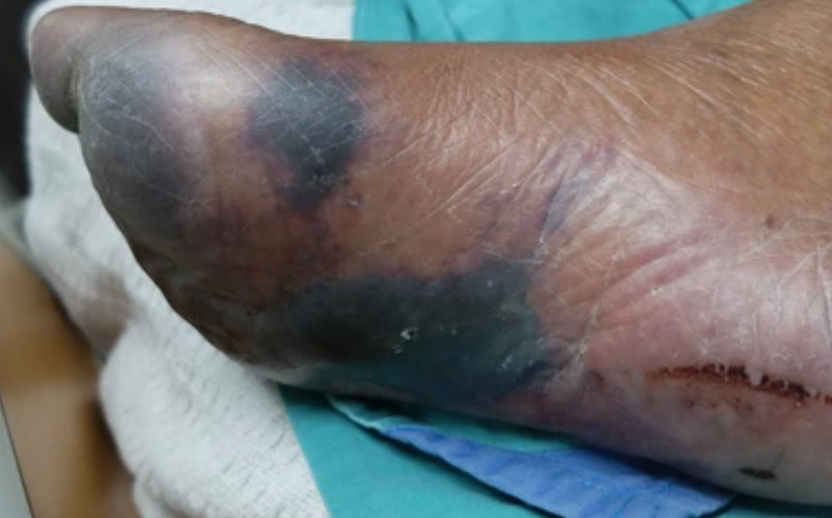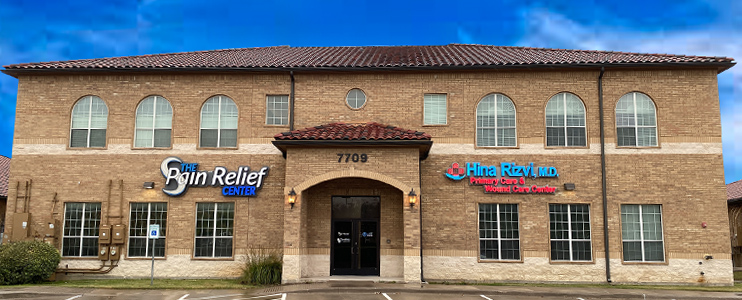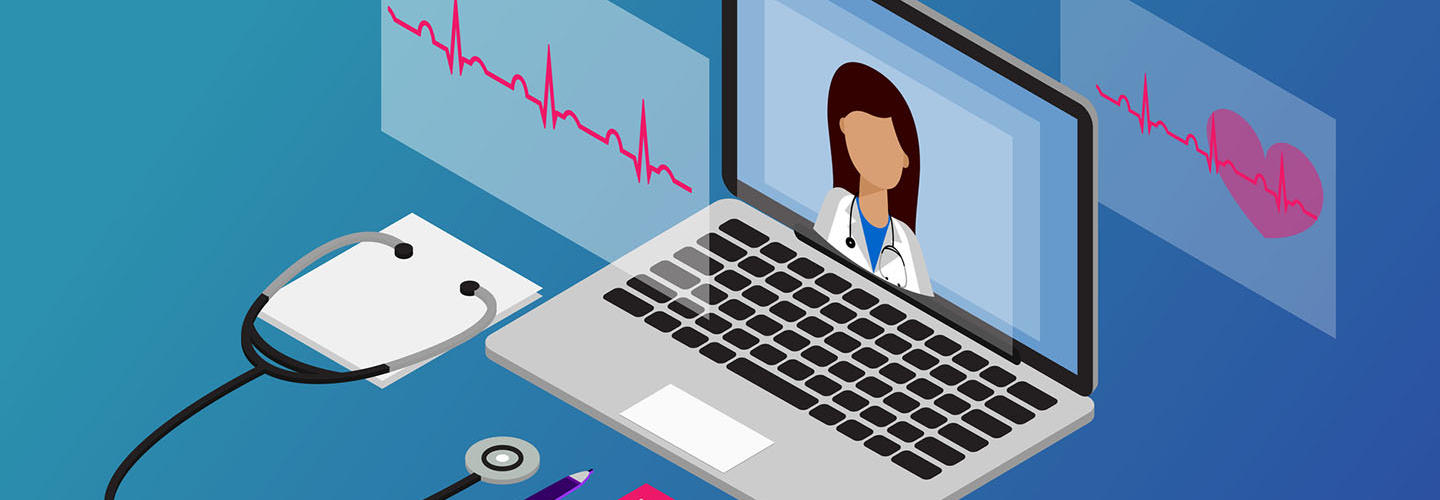Skip to content
Arterial Wound / Gangrene Infection Treatment Advanced Wound Care Plano TX – Dr. Hina Rizvi M.D, C.W.Sadmin2021-11-23T20:22:53+00:00
Arterial Wound / Gangrene Infection Treatment
 Gangrene is a condition in which body tissue dies from not getting enough blood. It can cause changes in skin color, numbness or pain, swelling, and other symptoms.
Gangrene is a condition in which body tissue dies from not getting enough blood. It can cause changes in skin color, numbness or pain, swelling, and other symptoms.- Gangrene is a serious condition. It can be life threatening.
- There are several different types of gangrene: Dry gangrene when the tissue dries up and falls off. It is most common on the ends of the fingers and toes. Wet gangrene when the tissue swells up and gets blisters. Gas gangrene is a type of infection which happens when bacteria infect tissue and cause gas bubbles inside it.
- Symptoms of dry gangrene can be hard, dry skin and tissue, changes in skin color, skin that feels cooler than normal
- Symptoms of wet gangrene can be tissue that looks wet, swelling, blisters, skin that looks dark, may have a bad odor.
- Symptoms of gas gangrene can be severe pain, numbness, confusion, fever, changes in skin color, blisters, tissue that makes a crackling sound when you press on it,
- See your doctor or nurse right away if you have a hard, numb area on a finger or toe. If you have diabetes, tell your doctor or nurse if you notice any skin changes on your feet or have a foot wound that does not heal. You might need treatment to prevent gangrene.
- If you had surgery or an injury, see your doctor or nurse if your pain gets worse in that area, the skin changes color, or you start to feel sick. These could be signs of an infection that could cause gangrene
- Several tests can be ordered by your doctor. It depends on the type of gangrene and your situation eg Imaging tests, such as a CT scan or MRI that create pictures of the inside of the body. Blood tests can look for signs of infection as well. Tests to measure blood flow can show doctors where problems are happening in blood vessels and how serious the problems are.
- If you have diabetes, you can reduce your chances of getting gangrene by keeping your blood sugar close to normal and taking good care of your feet. Having high blood sugar for a long time can cause nerve damage in your feet. You might not notice a foot injury, and then the injury can get infected. This can cause gangrene.
Page load link
 Gangrene is a condition in which body tissue dies from not getting enough blood. It can cause changes in skin color, numbness or pain, swelling, and other symptoms.
Gangrene is a condition in which body tissue dies from not getting enough blood. It can cause changes in skin color, numbness or pain, swelling, and other symptoms.

